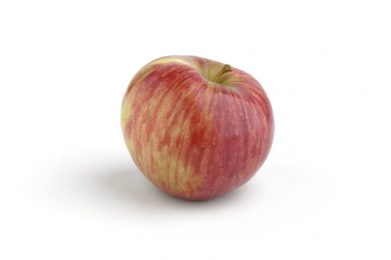Varieties
For centuries, Asturian farmers have carried out a process to select varieties from seed trees, non-grafted, choosing those that are more productive, better adapted to their environment and which produce higher quality cider apples to use them for grafting. The result of this process is the existence of a significant number of local varieties of cider apple trees. Usually, cider apple plantations are multivariate.
It should be noted that table varieties are not admitted in the Designation of Origin and are, therefore, prohibited.
Other distinguishing characteristics of these varieties are, besides the technological group, their vigour, flowering time, yield, sensitivity to diseases, and time to ripeness.
The “Sidra de Asturias” PDO Regulatory Council has established a collaboration agreement with SERIDA (Regional Service for Agrifood Research and Development) which is the research body of the Principality of Asturias that is in charge of carrying out the research on characterization , evaluation, selection and improvement of local varieties of cider apple, and has carried out the application for the registration of traditional and improved varieties of cider apple. The agronomic and technological information and technological classification that is presented below of the cider apple varieties covered by the Cider of Asturias PDO has been prepared and provided by the SERIDA Fruit Growing Research Program.
Technology Classification
The varieties are classified according to acidity and concentration in phenolic compounds into nine blocks: sweet, sweet-bitter, bitter, semi-acid, semi-acid-sour, bitter-semi-acid, acid, acid-bitter, and bitter-acid.















































































